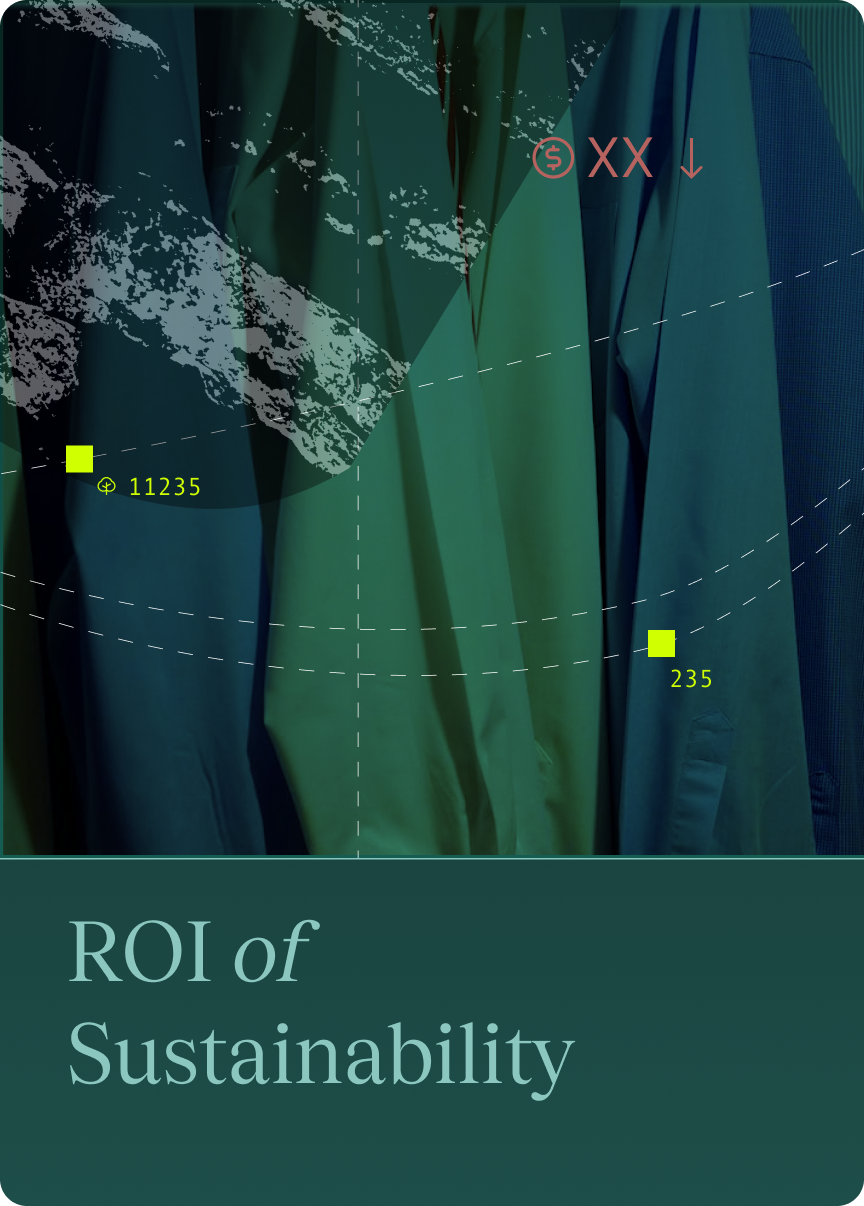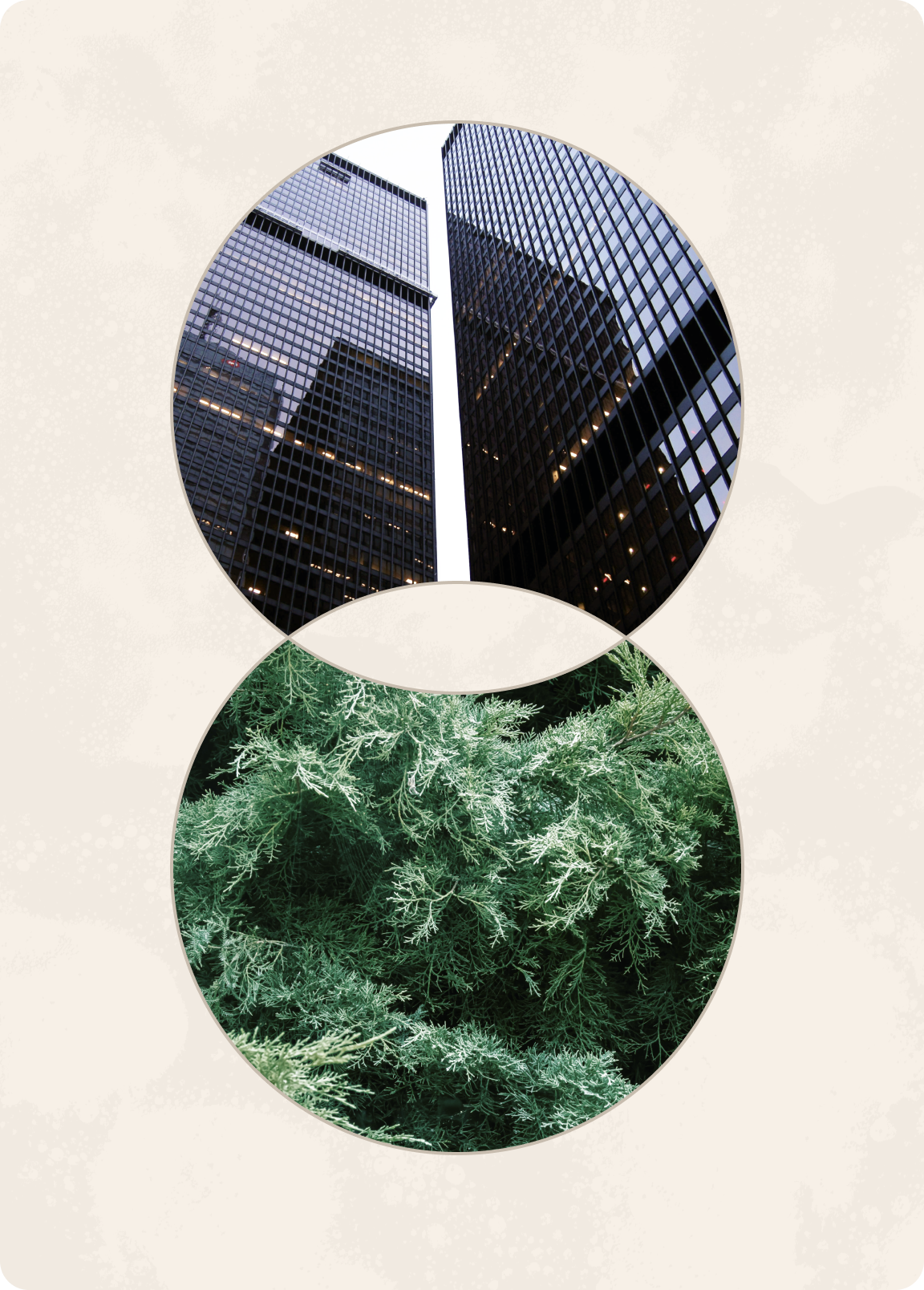The growing urgency of environmental and social issues is a loud wake-up call, signaling the need to move away from our linear take-make-waste economies and embrace circular models where resources are used efficiently, waste is reduced and innovation thrives. All of this is aiming towards one ultimate goal of producing and consuming within planetary boundaries while creating value.
McKinsey’s Climate on Fashion Report identifies circular business models as vital decarbonization levers due to their capacity to extend product life, facilitate recycling and reduce the demand for new and finite resources in production. According to projections, circular approaches could result in approximately 143 million tonnes of greenhouse gas (GHG) emissions savings by the year 2030. Additionally, for every percentage point increase in market share, savings of around 13 million tonnes can be anticipated. Beyond 2030, the sustained adoption and growth of circular business models will be necessary for the industry to align with the 1.5° pathway.
Circular business models are a testament that sustainability and profitability can go hand in hand. Innovative circular business models like re-commerce, repair and rental allow brands and retailers to undergo a sustainable transformation, clear out inventory without slashing prices, reach new consumers and even boost margins.
Circular business models are gaining particular significance in light of recent legislative changes in France. They align closely with groundbreaking regulations that have been enacted, prohibiting the destruction of unsold goods including clothing, cosmetics and electrical items. This ban, which is part of a comprehensive anti-waste law passed by the French parliament last year (AGEC), underscores the importance of transitioning to models that emphasize the extension of product life, recycling and reduced reliance on finite resources.
Adopting Circular Business Models in Retail
The adoption of circular business models presents significant potential for brands and retailers, particularly within the fashion industry. Innovative approaches such as repair services, clothing rental and peer-to-peer sharing not only contribute to the reduction of environmental impact but also offer promising avenues for revenue growth.
Recommerce
As the quality and durability of clothing on the market continue to improve, the potential to capture value through emerging business models correspondingly expands.
Resale, a practice already widely adopted in the retail ecosystem, stands at the forefront of these emerging opportunities. Should garments increasingly be designed for longevity, the introduction of attractive resale models, tailored to suit a broader local customer base, could substantially enhance clothing utilization rates. Such an approach aligns the interests of consumers and the industry while promoting responsible consumption and contributing to a sustainable future.
Rental
Rental models come up as a transformative approach within the retail industry, providing customers with diverse clothing options while simultaneously decreasing the demand for new clothing production. By leveraging short-term rental strategies, retailers can address evolving customer needs, whether driven by short-term usage, practical necessities or rapidly changing fashion preferences.
This approach not only aligns with consumer demands but can also offer environmental benefits. By reducing the need for continuous production of new garments, the rental model contributes to a decrease in resource consumption and waste generation.
Repair
The repair model emerges as a high-potential strategy for preserving both the perceived and actual value of clothing. By facilitating accessible services and support for users to maintain their clothing — through repair, restyling, washing and storing — garments can retain high physical and emotional durability. This, in turn, fosters an increased demand for repair services, catalyzing opportunities to introduce additional clothing services such as garment restyling, consulting, customizations, and at-home mending.
Retailers are well-positioned to harness this trend, providing in-store repair services and forming synergistic partnerships with local community-based repair and restyle providers.
Measuring and Quantifying Circularity and Circular Business Models Impact
Despite the increasing adoption of circular business models, there is no industry-wide standard on how to measure the environmental impact of circular fashion models. There are, however, emerging initiatives that can be harnessed as a means for measuring until such a time that there is an industry-standard.
Circular Transition Indicators (CTI)
In an effort to standardize circularity practices within the private sector, the World Business Council for Sustainable Development (WBCSD), in collaboration with 30 member companies, has developed a universal framework known as the Circular Transition Indicators (CTI). This framework serves to measure a company's circular performance.
The CTI, accessible as an online tool, evaluates material flows within a company, quantifying both resource efficiency and efficacy to assess the value created by circular business models. It aids companies in identifying opportunities to integrate circularity into their operations and helps them understand and mitigate the risks associated with linear models. To this end, the CTI offers a selection of indicators, allowing businesses to assess various aspects of circularity within their organization. It is important to note that the CTI is not designed to function as a comprehensive sustainability assessment tool. Rather, it focuses on specific dimensions of circularity, and it is not intended for benchmarking companies on their overall sustainability performance.
Vaayu has led extensive research on the emissions-saving potential of circular business models and works with marketplaces around the world — including Vinted in Europe and Carousell Group in Asia — and we’re so pleased that Vaayu’s team expertise could contribute to the delivery of this ground-breaking framework.
Quantifying Avoided Emissions by Consequential LCA
Consequential life cycle assessment (LCA) is a highly scientific methodology which aims to identify the consequences of a decision made by a business and its impact on other processes and systems of the economy, both in the analyzed business's background system and on other systems. It models the analyzed system around these consequences. This method allows businesses to quantify their ‘avoided emissions’ — the emissions that are not produced as a result of purchasing with them as opposed to another scenario where their business does not exist.
In Vaayu’s recent work with Vinted, Europe’s leading online second-hand marketplace, we quantified the marketplace’s avoided emissions to assess how much better for the environment a purchase with Vinted, instead of buying new, really is. Applying this consequential LCA approach, we quantified the impacts within the whole Vinted system, not just from a single transaction. To achieve that, we calculated the carbon emissions of the:
- Fashion products sold on Vinted’s platform
- Packaging used by its sellers to send their parcels
- Delivery methods used to deliver products to the buyers
- Operations of Vinted (such as energy consumption in offices and employee travel)
To calculate the avoided emissions from shopping second-hand on Vinted, we compared these results to the impacts of buying new and accounted for the replacement rate. Consequential LCA is difficult to calculate without a great amount of data, which is why we built the largest-ever dataset on shopping second-hand online, compiling:
- The analysis of over half a billion Vinted transactions
- Survey responses from more than 350,000 Vinted users
- Computations via Vaayu’s proprietary AI and machine learning technology
- Science-based analysis using Vaayu's in-house LCA, data science and sustainability expertise, and best-practice methodology
In navigating the complexity of the circular economy, businesses should leverage expertise to help measure their impact as best they can until agreed-upon industry standards emerge. Once these practices are standardized, making measurements simpler and outcomes more accurate and transparent, the retail industry will have established benchmarks across the best circularity initiatives, providing a clearer pathway to reduction and the much needed achievement of Net Zero.
As well as our work with Vinted, we also recently computed the impact of 5 million off-price fashion products with Otrium. To discover more about the adoption of circular business models and quantifying retail’s impact, speak to a member of the Vaayu team today.






.png)


